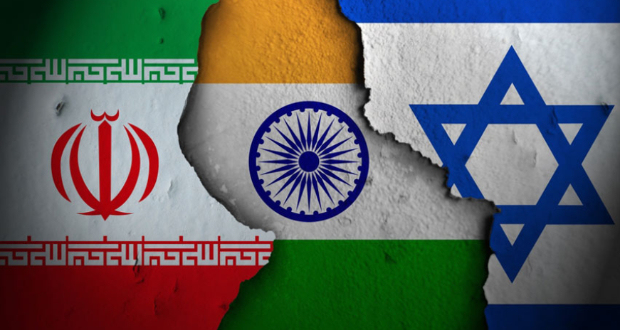The assassination of Ismail Haniyeh, Chief of Hamas’s Politburo in Tehran, hours after he attended the swearing-in ceremony of the newly elected President Masoud Pezeshkian was a dramatic event. Haniyeh, the political lead for various levels of negotiation and talks since the 7th October terror strike against Israel had become a critical figure in the mainstreaming of the group’s narratives. Living amidst the gleaming towers of Doha in Qatar and raking up air miles as he shuttled between Egypt and Iran, Haniyeh was the face of Hamas, which now positions itself as the core of the Palestinian resistance.
Living amidst the gleaming towers of Doha in Qatar and raking up air miles as he shuttled between Egypt and Iran, Haniyeh was the face of Hamas, which now positions itself as the core of the Palestinian resistance.
Since his killing, the Middle East has been pushed further towards a proverbial edge which could lead to an endless freefall. Killing Haniyeh, in the heart of Iran, is expected to mobilise a strong response from Tehran at the risk of the Shia power looking weak in front of its main regional foe. The Iranian-backed ‘Axis of Resistance’, a knit-together group of militias now orbiting around the ongoing war in Gaza, are also pushing Iran to respond militarily, directly, and decisively. The leader of Hezbollah in Lebanon, Hassan Nasrallah, in his second speech in as many weeks, said that the retaliation will be “strong and effective”. As Nasrallah was delivering the speech, Israeli combat jets conducted ‘sonic booms’ above the Lebanese capital city of Beirut as a show of power. Meanwhile, Hamas also announced its new leader, Yahya Sinwar—the group’s most-wanted chief in Gaza and a key planner of 7 October.




